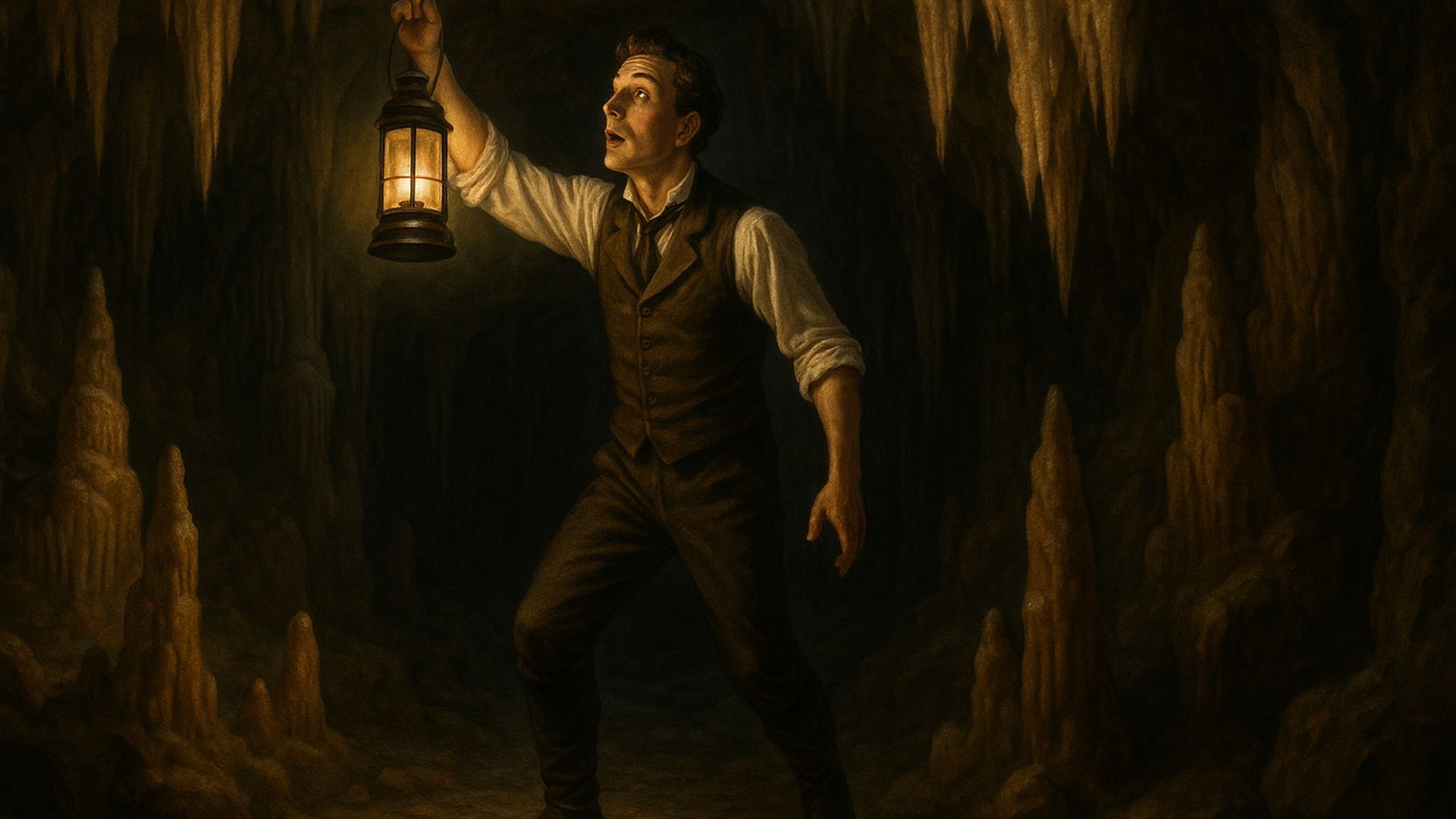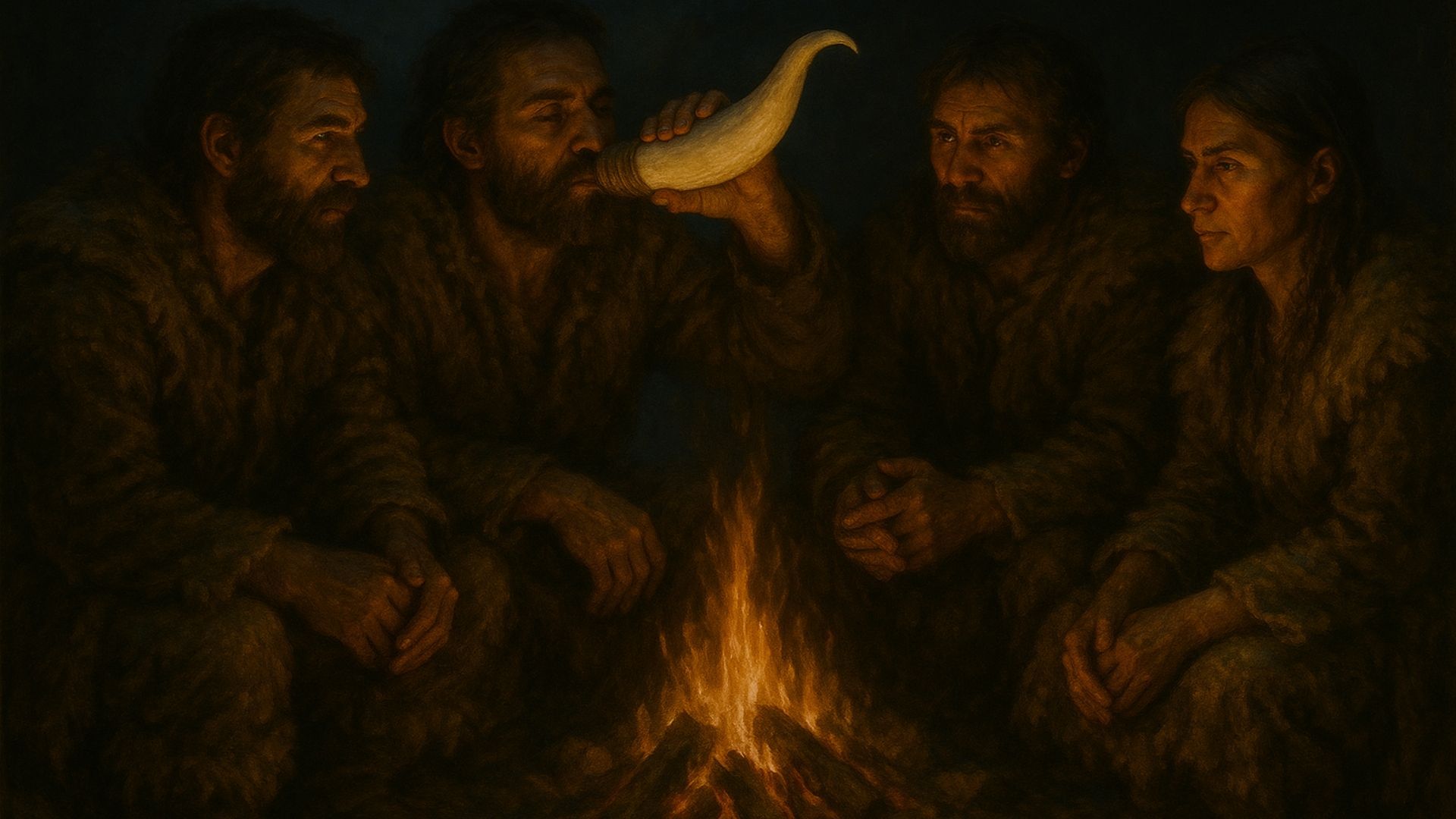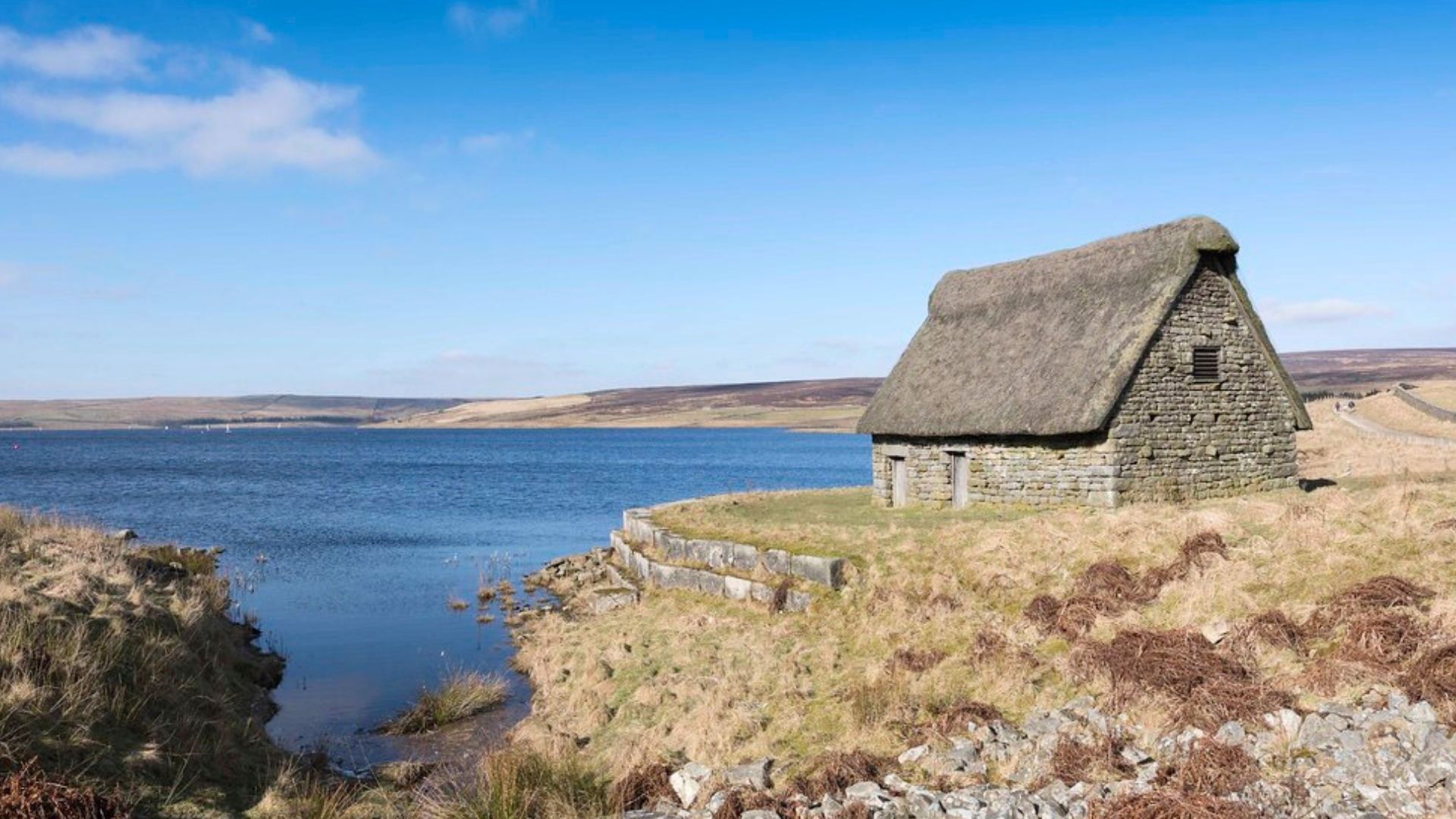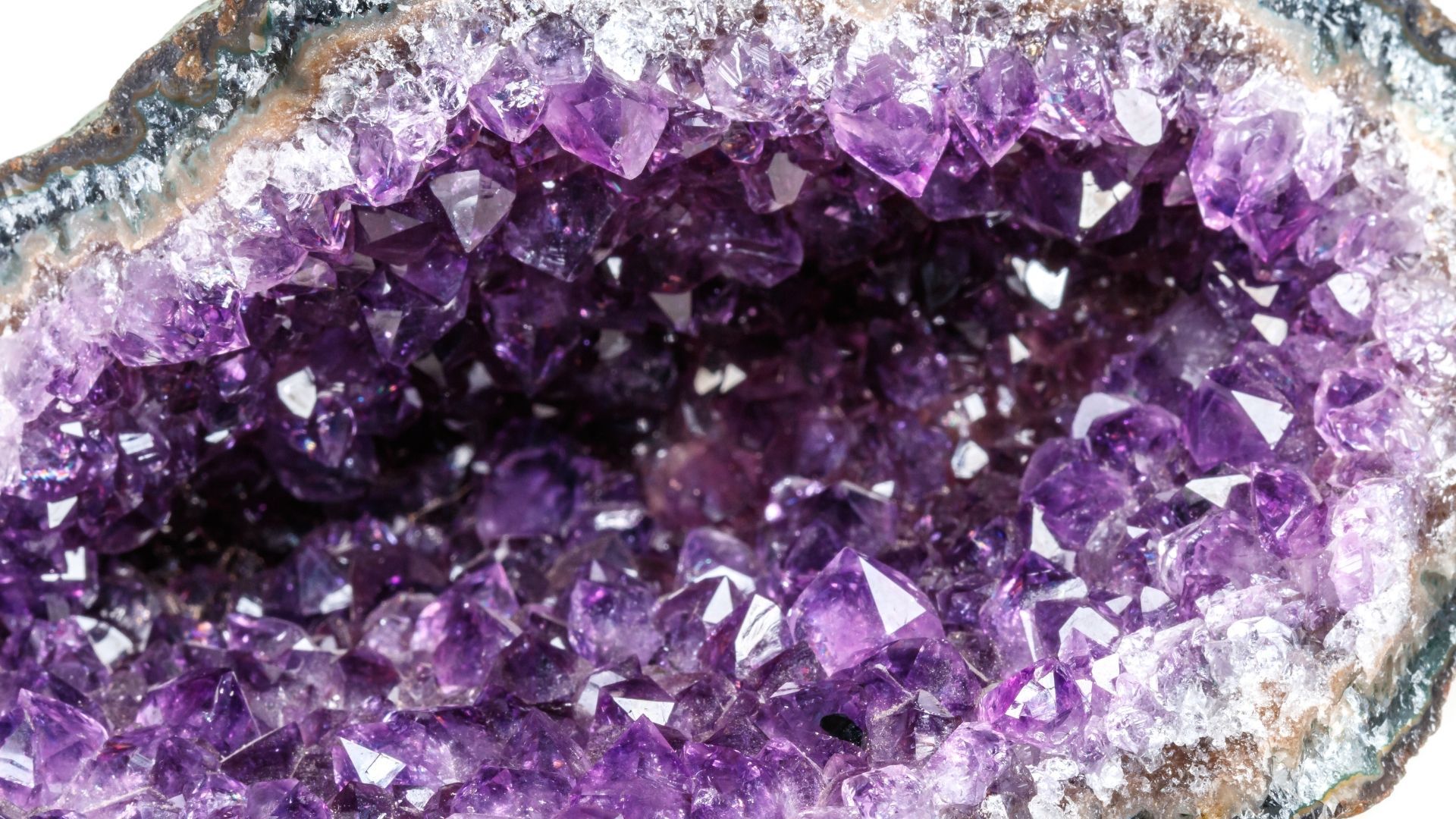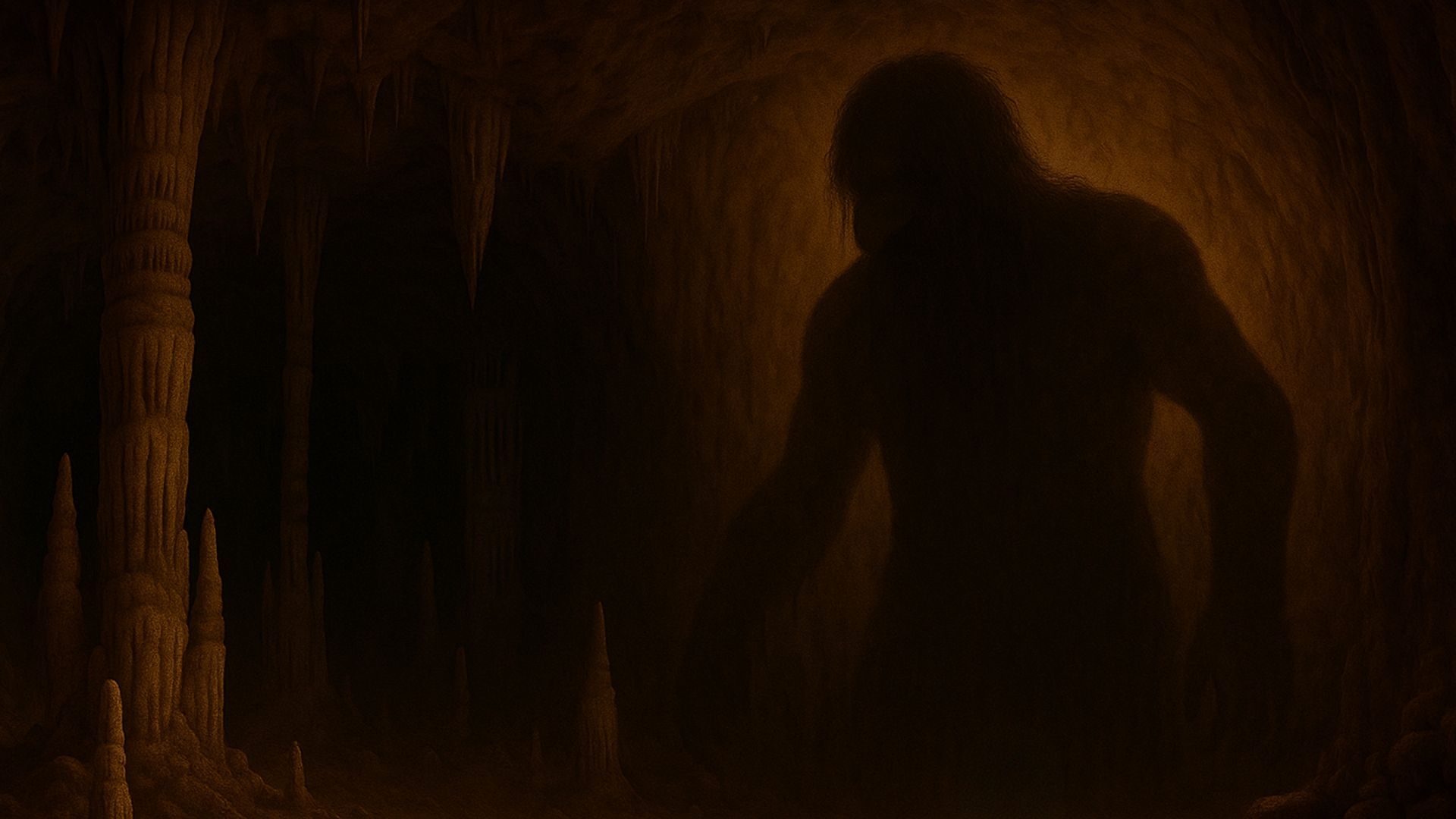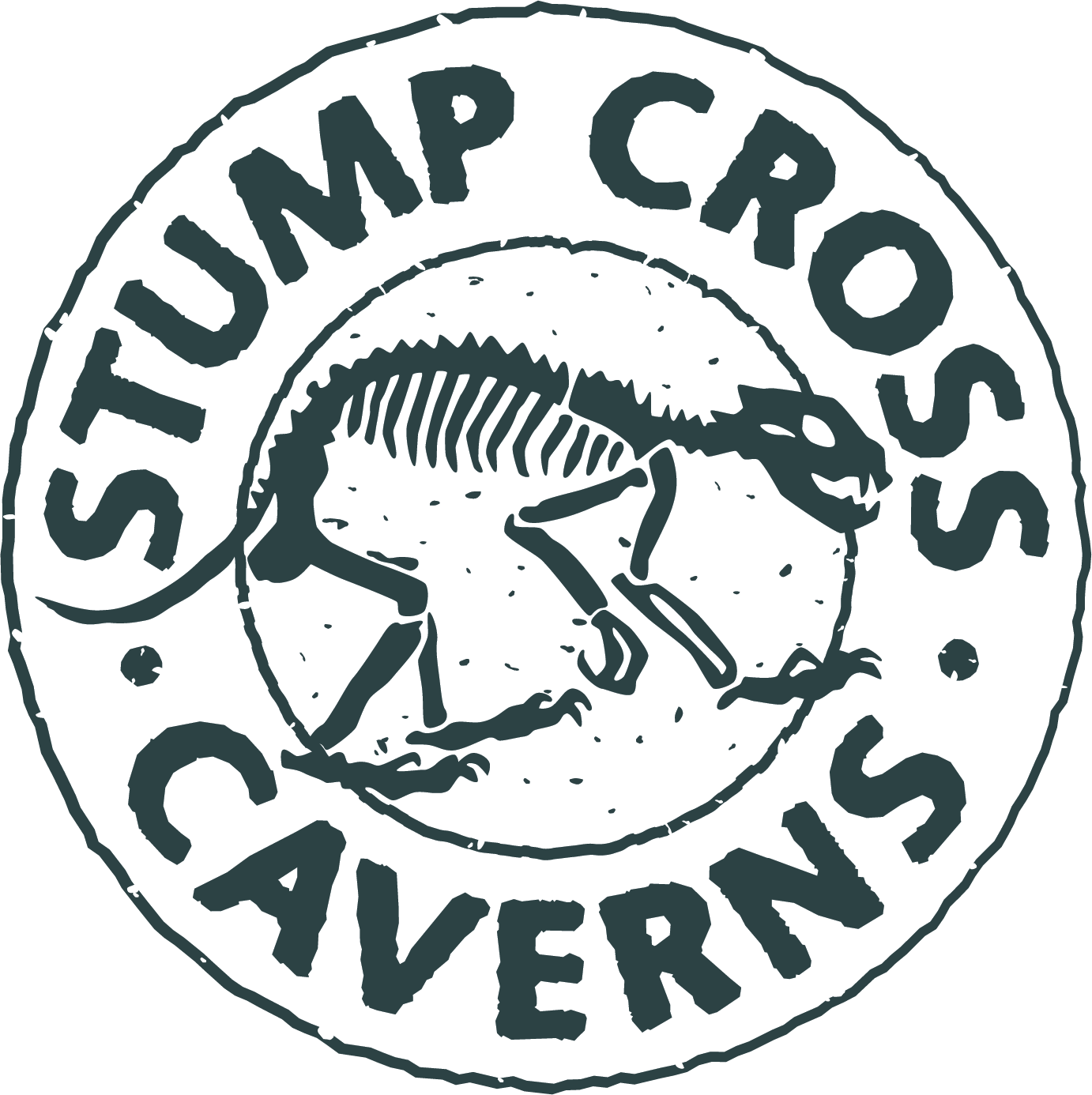Reindeer Cavern gets its name from the remains of 4 prehistoric reindeer. Learn how it was discovered.
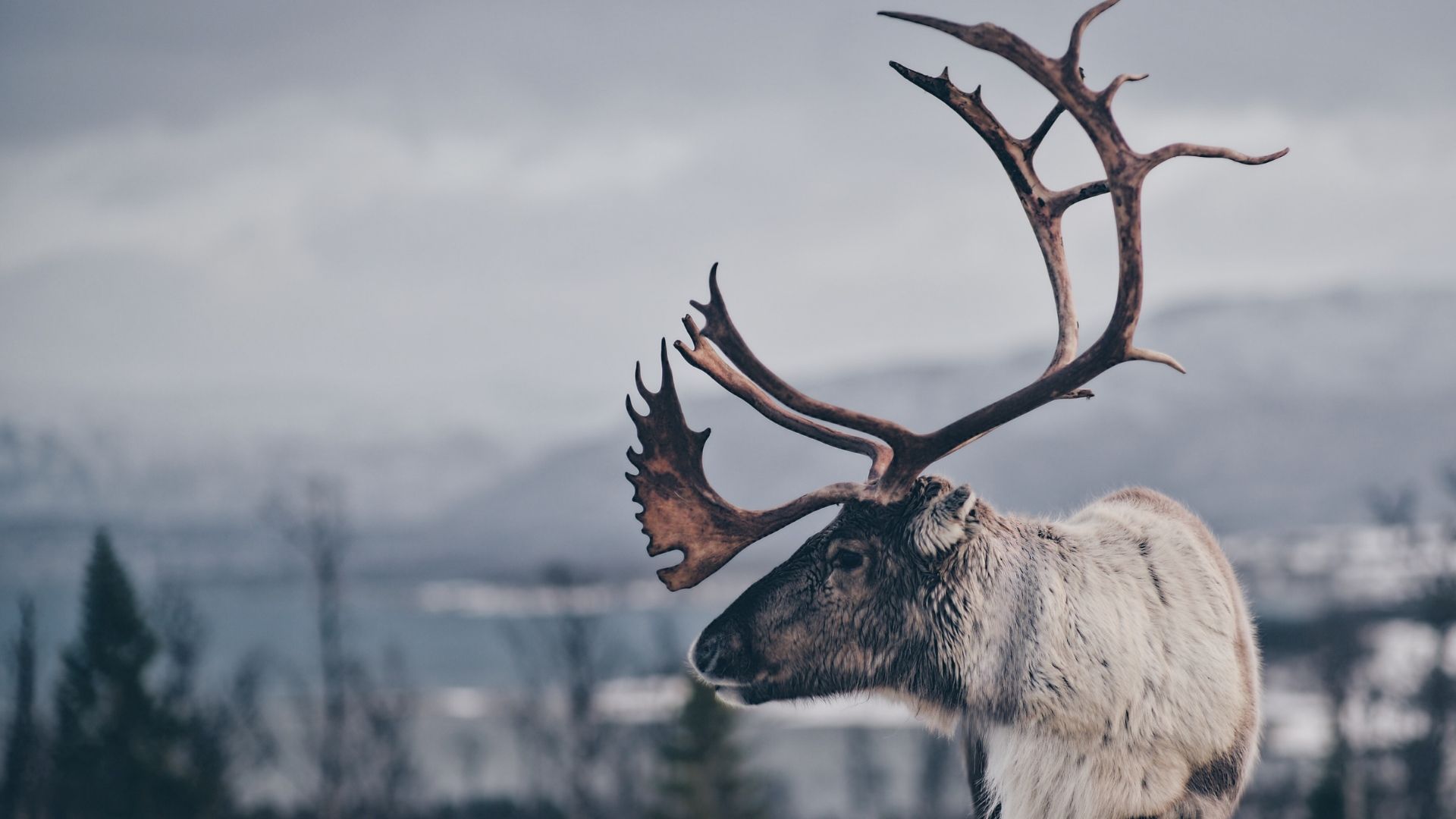
Think "reindeer", and it's unlikely your mind will drift towards the Yorkshire Dales. Lapland? Sure. Canada? Perhaps. But the Yorkshire Dales?
It's true. This beautifully barren landscape was once home to Rudolph's distant ancestors.
Reindeer, you see, were native to the British Isles until around 800 years ago. We know this primarily through fossilised remains – some of which were found right here in Stump Cross Caverns.
That's right. Stump Cross Caverns isn't only the site of some extraordinary stalagmites, stalactites and other ancient rock formations. It's also played host to prehistoric remains, stumbled on by explorers looking to uncover new nooks and crannies in the cave system.
In fact, one of the most beloved chambers here at Stump Cross is Reindeer Cavern – so called because the cavers who discovered it happened upon the bones of four adult reindeer.
Want to know more about the secrets of Reindeer Cavern? Grab your hard hat and wrap up warm – we're going down.
The discovery of Reindeer Cavern
Stump Cross Caverns was discovered by two local lead miners in 1860. Since then, the network has been expanded – all thanks to the indefatigable efforts of Yorkshire's caving community.
In 1959, a team of cavers was down in the caves, confronted by a boulder choke – a pile of rocks that stopped them from getting any further.
Any caver will tell you that caves, and boulder chokes in general, are
muddy. So, you'd better believe that the team was keen to see what lay beyond the boulder choke. You could say that's what separates a keen caver from an average Joe: a high tolerance for mud!
When they finally broke through the obstruction, they entered a remarkable cave. It was filled with intricate rock formations – the kind that dazzle visitors to Stump Cross year after year.
There were stalactites hanging down like icicles. There were stalagmites thrusting up like icy spears. There was gleaming flowstone like marzipan. Like so many of the chambers here, it was – and is – a magical sight.
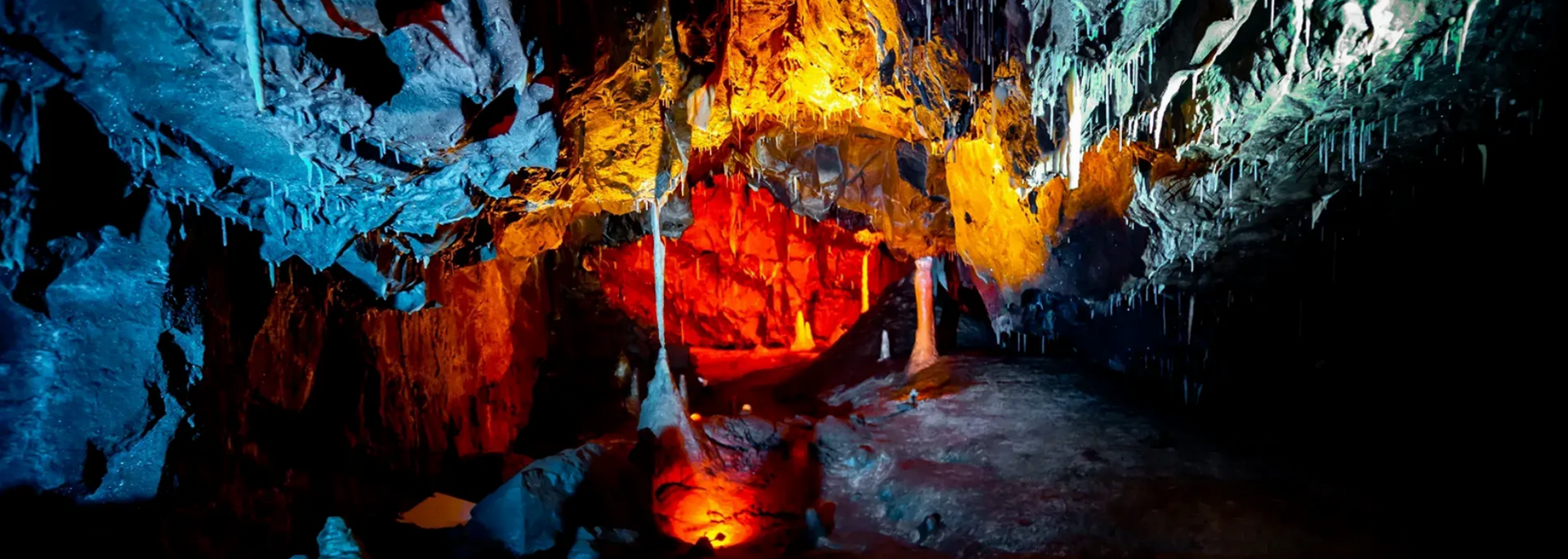
They also found something more macabre, if no less fascinating. There in the cave lay the bones of four prehistoric adult reindeer.
How did they get there? No one knows for sure – but it's believed they were washed in when the glaciers melted, perhaps while they were hunting for food.
Whatever the answer, the discovery of Reindeer Cavern was a red-letter day for Stump Cross. Yet it wasn't until 2000 that the cavern was opened to the public.
Before that was possible, plenty more mud and rocks had to be cleared out. We're sure you'll agree it was worth every second…
Reindeer in Britain: a brief history
Today, reindeer mainly live in the Arctic tundra – places like Greenland, Scandinavia, Russia, Alaska and Canada (where they're known as "caribou").
But once upon a time, reindeer roamed the British landscape – including the Yorkshire Dales. But they went extinct around 800 years ago.
We don't know exactly why. Scientists point to some combination of hunting for fur and antlers and changes in the climate. It's perhaps no surprise that as the British Isles got warmer, reindeer would slowly die out.
Despite this, you may be surprised to learn there are still reindeer in Britain – just not native herds.
In Scotland's Cairngorms, there's a free-ranging domesticated herd. This is the result of an experiment in 1952 when a Swedish scientist brought two reindeer bulls and five cows to Scotland to see if they would thrive.
Thrive they did. Today, there are around 150 reindeer grazing in paddocks and the surrounding mountain tops.
There's also a herd of reindeer in the
Cotswolds, near Cirencester.
The reindeer bone at Castlepook Cave
Stump Cross isn't the only limestone cave where reindeer remains have been found. In 1903, a reindeer bone was found at
Castlepook Cave in County Cork.
It was an interesting find – but no one could have known the impact it would have when, over a century later, scientists studied it with modern radiocarbon dating.

The team of scientists dated the bone to 33,000 years ago. But they also confirmed that the bone showed marks created by human tools. This meant humans were alive at that time – some 20,000 years earlier than we thought.
It's an inspiring example of how archaeological finds can shape our understanding of human history. Who knows what scientists, cavers and archaeologists will discover in the future?
Other prehistoric remains at Stump Cross Caverns
The reindeer remains in Reindeer Cavern aren't the only prehistoric remnants at Stump Cross. When you visit us, take a look in the visitor centre for replicas of ancient bison and wolverine bones.
And believe it or not, Stump Cross Caverns is still a work in progress. The chambers and passageways open to the public are just the tip of the stalagmite. As we continue to explore its outer and deeper recesses, we could well stumble on some more ancient remains.
At the time of writing,
we're hard at work on C Chamber. Once we've cleared out the mud and rocks like generations of cavers before us, C Chamber will be the first addition to the network in 25 years. What's more, it will allow visitors to experience Stump Cross as a circular route.
Nine metres across and three metres high, C Chamber is full of beautiful rock formations. And while we can't make any promises, we could well find some more animal remains in the layers of Ice Age sediment.
Bones can tell us so much about the history of planet Earth. Why not get a little closer to our prehistoric past at Stump Cross Caverns?
Are you looking for
caves to explore in the UK? Visit Stump Cross Caverns in the Yorkshire Dales and you'll be all set for an underground adventure like no other. You'll get the best price if you
book your tickets online.


